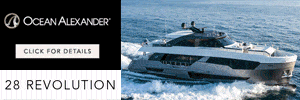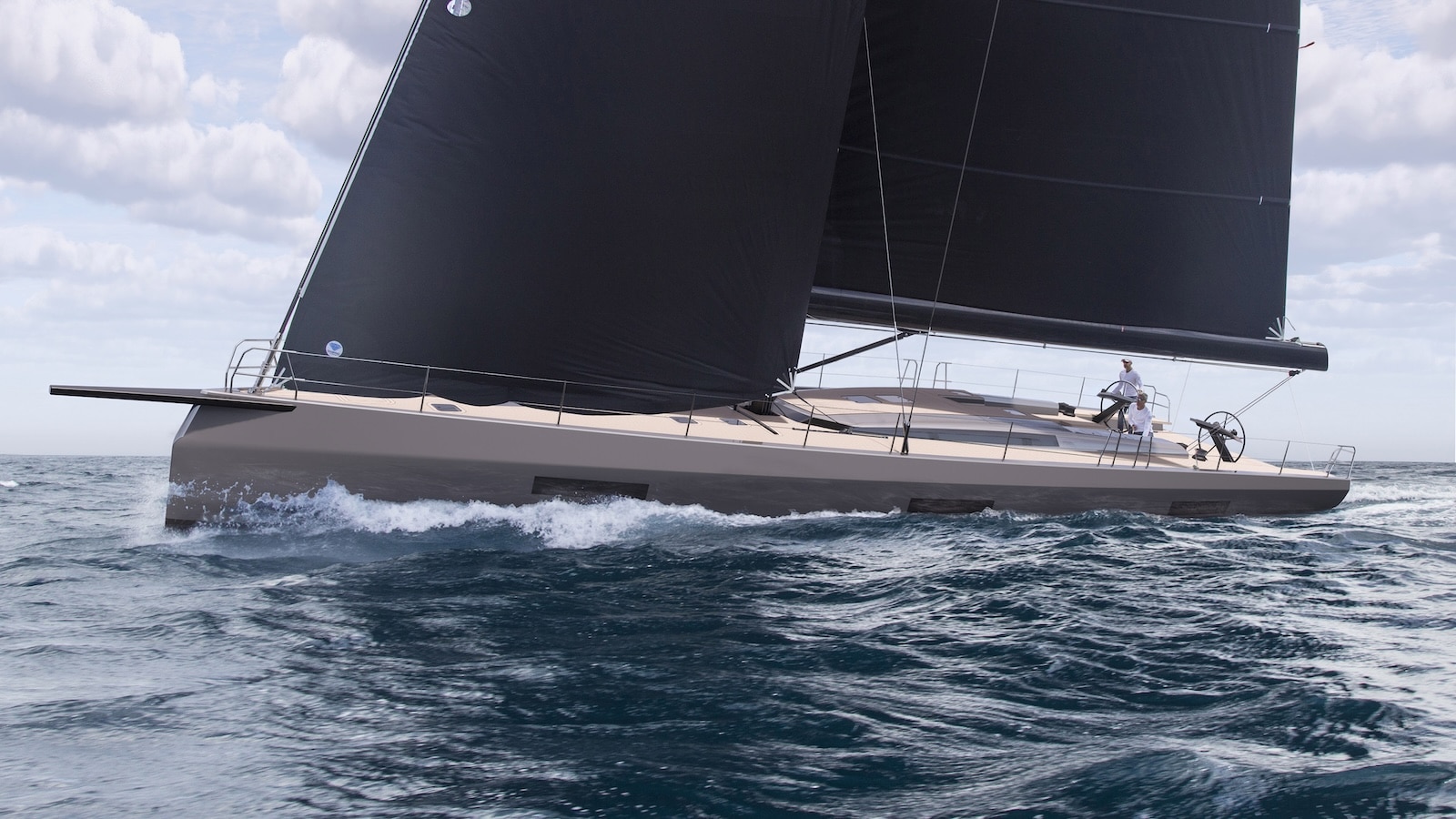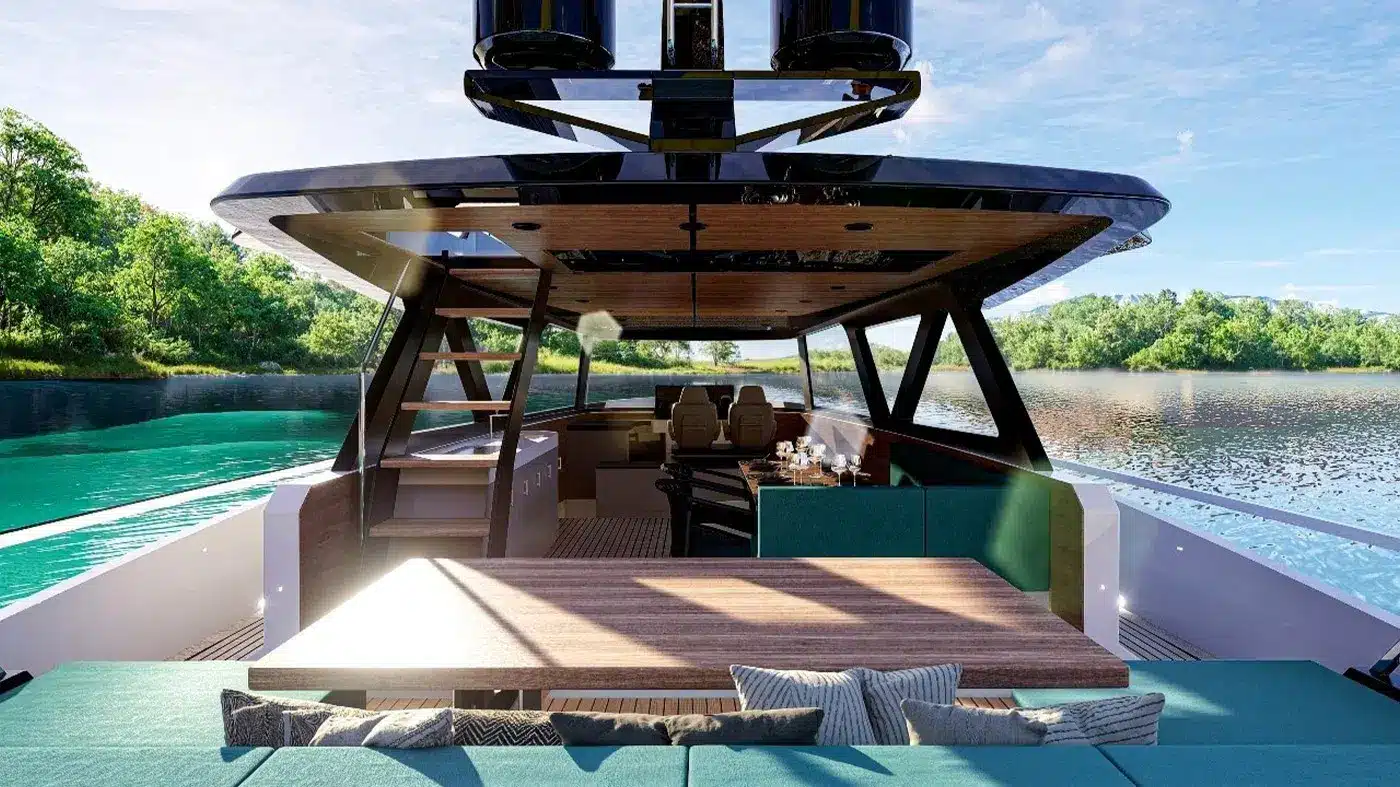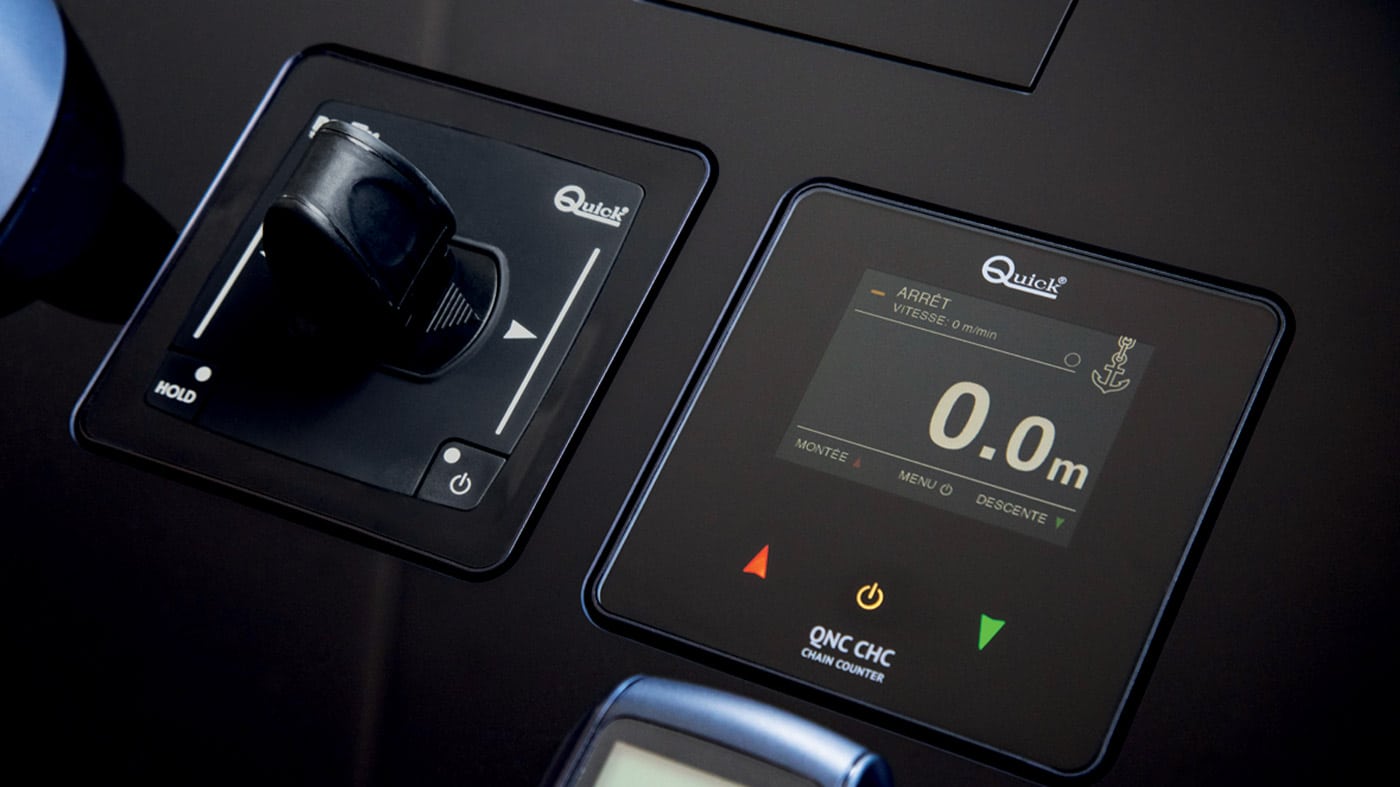Safety, especially at sea, should not be underestimated, and in this area Polytechno Engineering works for prevention offering innovative fire-fighting systems that can be used in both the naval nautical and land sectors.
But let’s take a step back: for those who don’t know it, Polytechno Engineering is the result of the collaboration of a group of experts from the fields of security, safety, and the nautical and naval industries who have combined experience and expertise to develop cutting-edge firefighting and extinguishing systems.
Alberto Palazzo is the company’s sole director and in this article he will tell us about his vision of safety at sea.
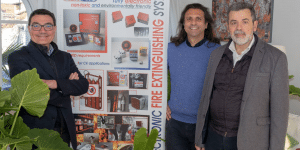 Alberto, where did your passion for safety and fire alarm/extinguishing systems come from?
Alberto, where did your passion for safety and fire alarm/extinguishing systems come from?
“I technically come from a different sector, I studied nuclear plant engineering. These were different plants, but they allowed me to learn about all the technologies existing on the market,
because to operate in an atomic power plant I had to study everything, electronics, hydraulics, mechanics, etc.
I found myself in the nautical environment because the two plants are quite similar, again the approach is “multidisciplinary.”
My very strong passion for electronics, which I have nurtured over time, also led me to develop projects at Polytechno Engineering. Our alarm and extinguishing system is of electronic type. With my mentor Dr. Azzolini, we looked for a solution to the problem we had at the beginning: we had the aerosol extinguishing agent but we did not have effective activation systems, so it was more difficult to use it. Today in Polytechno Engineering we have the simplest and most effective system on the market, both in marine and land.
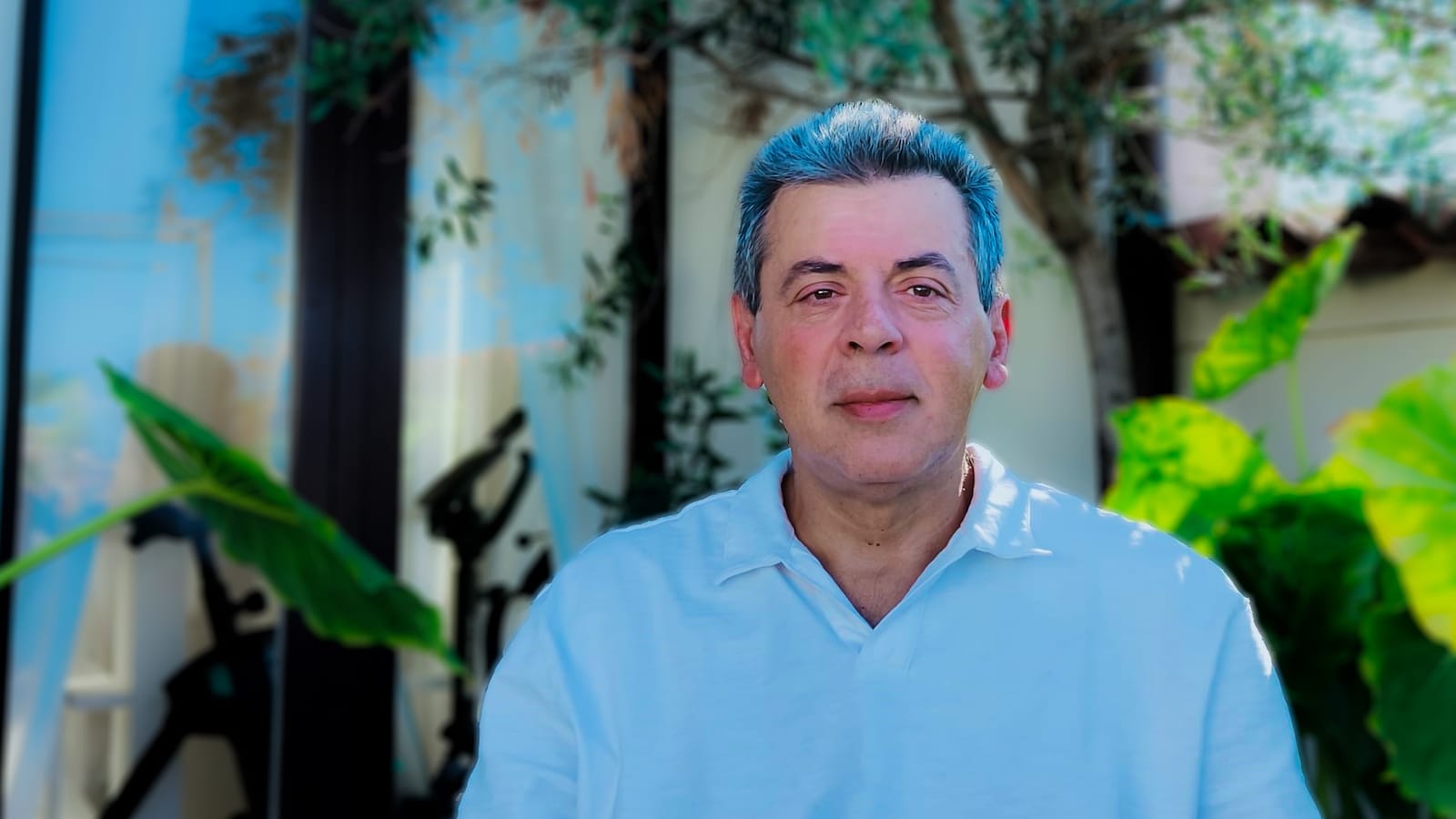
From a sales point of view, we have always tried to broaden and expand into more markets: wind, nautical, industrial (for example, with machines that do complex processing and have very large volumes inside, or in which hazardous materials are stored that can have fire starts). Aerosol does not have any kind of problem with materials, does not interact with anything, is absolutely non-toxic and classified as “sprinkler equivalent,” which is why it can be used in engine rooms but also in wind towers, with photovoltaic panels, etc.
In the specific case of wind towers we also think that it is difficult to find other systems that can be installed at a height of 90 meters, because any gas-based, pressure-based system would be very difficult to install as well as very expensive. All traditional firefighting systems (except for water, which in any case would be very difficult to get to that height, and would have partial effectiveness with this type of fire) are pressure systems, and in the nautical as well as wind tower, similar environments in design,aerosol is really revolutionary and much more versatile.”
What are the factors that could trigger a fire on a boat?
“Problems with the electrical system, fuel spills, the galley, these are generally the situations to watch out for. Added to these is another factor today: lithium batteries. They suffer when they are recharged, partly because the current trend is to have a battery that is always efficient and charged in the shortest possible time.
However, when charging, the lithium battery undergoes a strong crisis moment and obviously if the charging time is shortened, both the currents involved and the temperature increase… well, the lithium battery has this problem: it reaches a certain temperature and then it explodes. Most of the time the explosions are not violent, but the fire starts, and they are not classic fires, they are not extinguished with an extinguishing agent like water, for example, because there are 2 factors to be met: one is to extinguish the fire, and the other is to lower the temperature so that it falls below the critical threshold.”
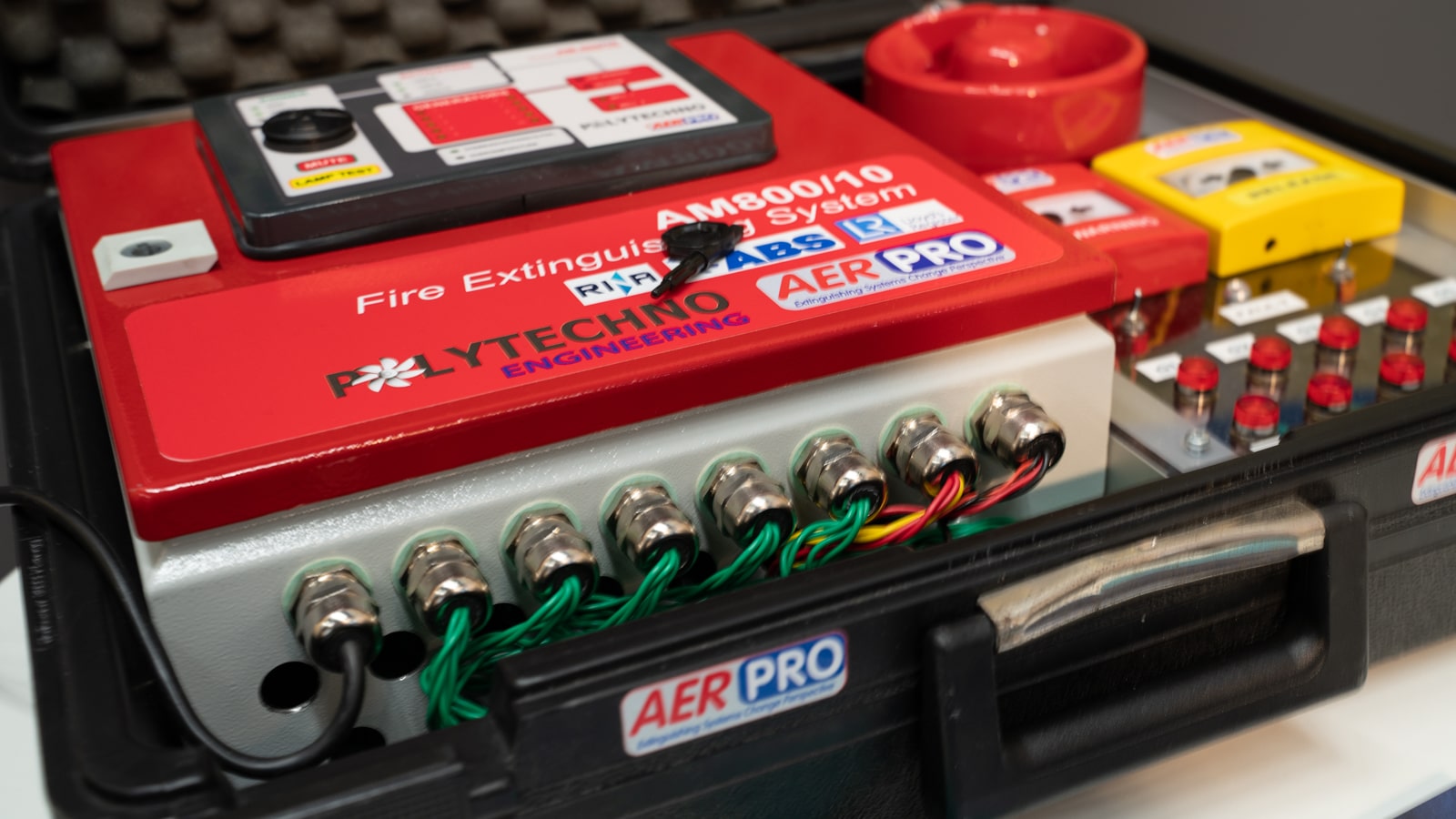 How does the aerosol system help in this case?
How does the aerosol system help in this case?
“The Aerosol extinguishing agent was discovered accidentally more than 60 years ago, then electronics developed everything needed for activation, there are no more hoses, canisters, nozzles, but only electrical cables, and the best thing is that installation can be done even when the boat is finished, without the need to run cables.
Most batteries have a criticality around 100/104 degrees, when the battery exceeds this temperature the fire starts: first with an explosion, and then the flame starts. When trying to put it out with a fire extinguisher or a traditional system, it maybe extinguishes the flames for a moment, but then they resume right away because the battery temperature is still over the threshold, the flames can reach up to a thousand degrees, and these are difficult conditions to handle.
In the case of boats, for example, if you use water mist, to put these kinds of fires out, it can work as long as the resource is available, but when the water runs out that’s when the fire starts again. CO2 could also be used, but it is deadly and difficult to install.
Polytechno Engineering Aerosol, on the other hand, is very useful for this: it’s normally a solid, it’s composed of two potassium salts, and when it’s activated a vapor comes out of the container, a very fine particulate, it’s the potassium that puts out the fire. When it gets to the flame, it binds to the particles and takes heat away from the fire, the temperature drops, and as long as the mist stays in the room (for three to four hours) the fire cannot start again, giving the lithium battery time to cool down. For boats, this is really a very effective and efficient system.”
How has safety at sea changed in recent years and how much more needs to be done in this area?
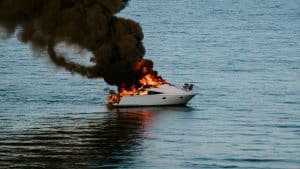
“As far as safety at sea is concerned, fortunately the perception of dangers has changed, not yet completely but it has improved a lot, on the one hand because there are more and more stringent obligations and on the other hand because more and more fire (not only in boating but also on land) is recognized as one of the biggest problems.
At sea it is perhaps the biggest problem, improvement can always be done, we should equip boats with fixed fire fighting systems, use fire resistant and/or flame retardant products, (like cables that slow down flames, eliminate construction materials that can burn easily), there is a lot to be done on materials and especially from a regulatory point of view we should put more obligations of fire fighting equipment, but also give help and support for retrofitting, since fire fighting systems can also cost so much. Resolving fire damage costs much more: according to some recent studies, a fire costs 10,000 euros per minute from when it breaks out.
Fire at sea is unfortunately terrible because it leaves no escape. In my opinion there is still a lack of proper training on board, when disasters happen people never know how to react, either they operate systems without knowing them, or they do nothing. Panic often takes over, reducing operational and organizational capacity. This is another reason why an automatic fixed system that would quickly make the correct decision in the event of a fire would be useful.”


